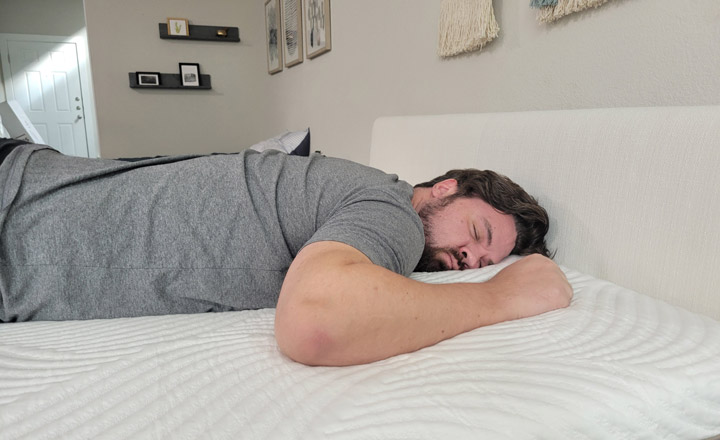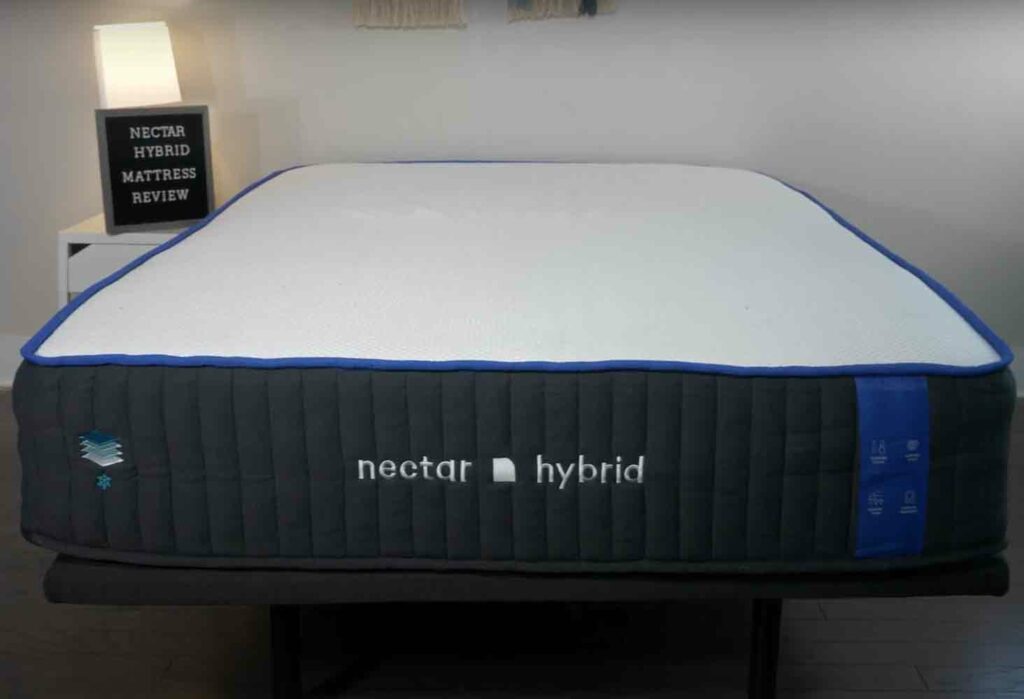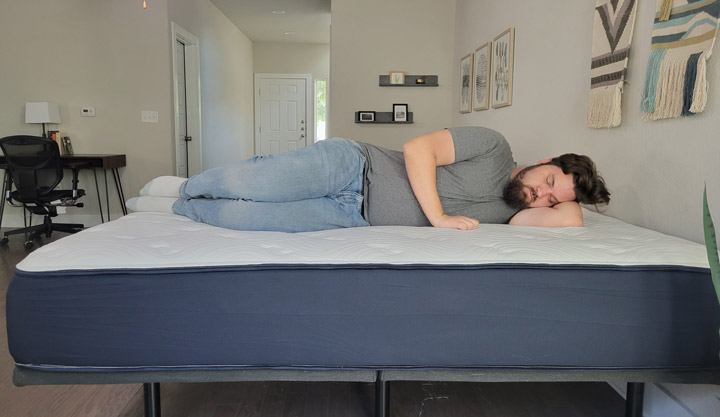Did you recently buy a new mattress that felt great in the store or had rave reviews online, only to find out it’s just not the same at home? You might be entering the “break-in” phase of your mattress! While some problems might warrant a return, there are other normal, yet temporary, issues faced during this stage. Want to know how to break in a new mattress so you can finally get the best sleep yet? Check out our suggestions below!
Common Problems with New Mattresses
Off-Gassing
Off-gassing happens when materials release chemicals called volatile organic compounds (VOCs). In addition to memory foam, VOCs are also found in paint, carpet, upholstery, cosmetics, and cleaning products. The risk of health effects from inhaling any chemical depends on how much is in the air and how long and how often a person breathes it in. The overall risk is unknown, as most studies have been done on single chemicals. This is why there are currently no federal regulations regarding VOC levels in the United States.
When mattress shopping, you can look for independent certifications like GREENGUARD, STANDARD 100 by OEKO-TEX, or CertiPUR-US®, which mean your mattress will have lower levels of VOCs.
We also have an entire off-gassing guide to help you navigate this.
Too Firm
While medium-firm mattresses have been shown to reduce back pain, a mattress that is too hard can lead to back problems or pressure sores. If you live near a mattress store, it’s a good idea to try out a variety of mattresses so you get an idea of how soft or firm feels good to you.
How Long Does it Take to Break in a New Mattress?
Most mattresses take 30-90 nights to break in, which is why many manufacturers let you return a mattress for free within that period if you’re not sleeping comfortably. Breaking in a new mattress is key to making it more comfortable. There are other ways you can make a new mattress more comfortable, too.

Which Mattress Is the Quickest to Break In?
Memory Foam
Memory foam is polyurethane foam with additives that make it denser and more elastic. This density means the break-in period tends to be the longest. Give it at least 60 days, although many memory foam mattresses have a 120-day sleep trial. Check out our list of the best memory foam mattresses.
Innerspring
Innerspring mattresses generally feel comfy right away, because they’re designed to adjust to your weight. However, it’s a good idea to give them at least 30 days to break in. Springs degrade more quickly than dense memory foam, which makes it important to rotate these mattresses every 3-6 months.
Latex
Natural latex is made from liquid extracted from rubber trees, whipped until frothy, and then baked. Latex mattresses have the shortest break-in period, a mere 2 to 14 days on average.
Hybrid
Hybrid mattresses often have memory foam on the top and springs underneath. This means their break-in time will be an average of the two types, somewhere between 45-60 days.

5 Tips How to Break in a New Mattress
1- Allow time for the Mattress to Breathe
As mentioned above, memory foam and hybrid mattresses will off-gas over a period of days or weeks. There are ways you can speed up this process, such as opening windows or turning on a fan to get a cross breeze in the room. You can also use an air purifier, which can remove VOCs and other toxins from the air.
Additionally, if your mattress came to your house in a box, it needs time to properly decompress. Sleeping on it too soon could prevent it from reaching its full height, which could lead to uncomfortable sleeping for you.
2- Place the Mattress on a Proper Foundation
Giving your mattress the support it needs will allow it to give you the support you need. While box springs used to be necessary for almost all beds, they aren’t anymore. You might need one if you purchase an innerspring mattress — consult the manufacturer to make sure. Other ways to give your mattress proper support include a platform (a frame with slats), foundation (looks like a box bring but it’s got either a solid or slatted top), or even the floor.
3- Apply Pressure or Weight
Your mattress is going to adjust to the weight of your body, which is what helps make it so darn comfortable. You can speed up this process by putting other weighty things on it — think barbells, books, etc — or by having some fun and rolling around on it.
4- Keep Your Bedroom Warm
Memory foam is high-tech. It’s temperature sensitive — firmer when cold and softer when hot. Turning the heat in your bedroom to about 72 degrees Fahrenheit for a few nights — slightly higher than many people’s ideal sleep temperature — will help the foam form to your body faster. This trick works for hybrid mattresses too.
5- Sleep on It
Literally and figuratively, spend every night on the mattress and allow it to get used to your body. Additionally, give the mattress the proper time to break in. If your mattress still isn’t doing it for you after the in-home sleep trial period, though, you might want to reach out to the retailer you got it from.

When Should You Consider Returning Your New Mattress?
So, what if you’ve dutifully participated in the home sleep trial for 30 or 60 or 120 nights, and you are still tossing and turning on your mattress? Some issues could warrant a return.
If Your Mattress is Lumpy or Sagging
Sagging is caused by the breakdown of the components in your mattress. Mattresses with lower-quality components will usually sag sooner than higher-quality mattresses. However, if a mattress is sagging before you’re even done with your sleep trial, it might be the wrong mattress for your sleeping position or weight.
If Your Mattress is Stained or Moldy
This indicates either the mattress isn’t new or has been improperly stored. Mold can cause lots of short and long term health problems. If you think your mattress is moldy, cover it in a plastic bag while wearing a mask until you can return it to avoid breathing in the mold.
You Develop Back, Neck, or Hip Pain from Sleeping on It
Different bodies need different kinds of support. If your body is sore after sleeping on your new mattress, it might mean that it’s too firm or too soft for you. You could start by reaching out to the manufacturer to see if they recommend going softer or firmer.
You are Overall Dissatisfied with Your Mattress
People spend about a third of their lives sleeping, so having a supportive, comfortable place to do that is key. Sometimes you can’t put your finger on it, but if you’re not sleeping well on a new mattress you have the right to return it. If that’s the case, Make sure you know the return policy for your mattress and start the process before the window closes to make the process as stress-free as possible.